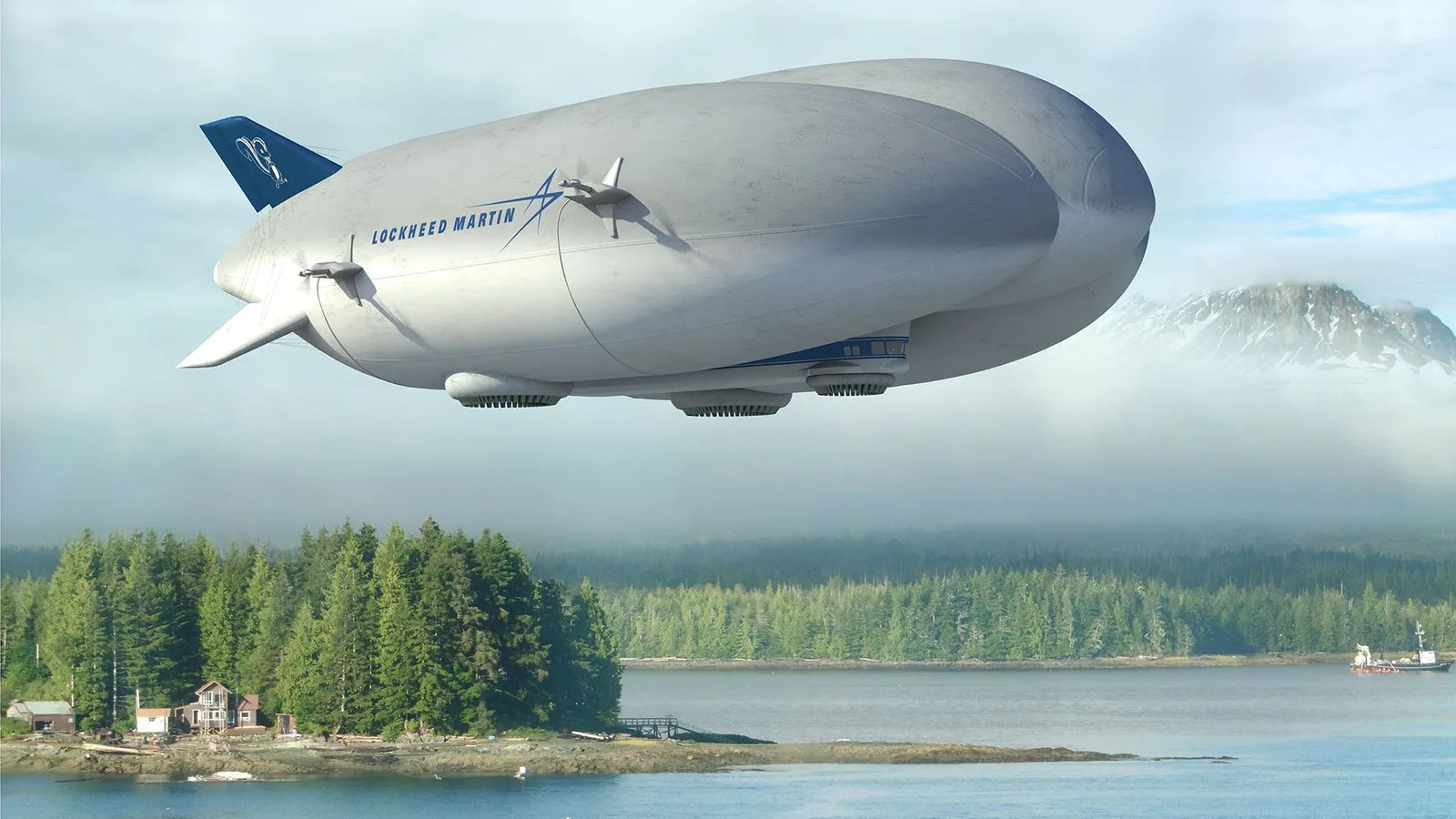A leading Russian aviation expert has pushed for developing airships for transport, military, and tourism purposes, pointing to their claimed operational and cost advantages.
Sergei Bendin, editor-in-chief of the Aeronautics Bulletin magazine and the acting head of the Moscow branch of the aeronautics commission of the Russian Geographical Society, points to aerostats’ utility in war, where they can provide permanent airborne radar and surveillance coverage and be made part of an integrated air defense network.
Aerostats are a form of airship tethered to the ground and do not have a propeller or an engine for aerial mobility.
The EurAsian Times had previously touched upon the utility of airships for the military situations of Russia and China. A section of experts has also long pointed to how the pre-World Wars era aircraft are not an antiquated system as they offer significant technical and logistical solutions for today’s transportation problems.
Use In War
Bendin explained how military transport of both troops and material could be undertaken by airships.
“It is possible to bring tanks to the battlefield, quickly unloading them, without entering the area under fire. The speed in a straight line is 200 kilometers per hour,” Bendin said in an interview with Business Gazetta.

It can also address communications, exploiting its ability to stay afloat in the air for months.
“It hangs 20-30 kilometers from the front line, provides local mobile communications, and distributes internet or electronic warfare systems. They can carry these devices, repeaters, and signal suppressors, keeping them in a given direction. For example, a large-capacity unmanned airship, hovering for a week, will provide our guys with serious protection against drones,” Bendin added.
Bendin argues that a slow-flying, large aircraft like an airship may not automatically be an easy target for air defense missiles. He pointed to the controversial Chinese weather balloon incident, which a US Air Force F-22 Raptor shot down over the Carolinas in February this year.
“Airships, like balloons, are not made of metal or do not exude heat for propulsion. When it flew into US territory, it was detected visually and not by radar. Because it flies high, it is also difficult to neutralize,” Bendin added.
This month, an article in the United States Naval Institute (USNI) talked about the US Army’s Joint Land Attack Cruise Missile Defense Elevated Netted Sensor System (JLENS). These helium-filled aerostats elevate large, remotely controlled, state-of-the-art sensor platforms to altitudes above 6,000 feet.
Free of wings or internal combustion engines, the JLENS offers the Army virtually unlimited airborne time, “carrying surveillance systems and fire-control radars that can communicate long-range targeting data to ground-based weapons for installation defense.”
In previous analyses of how Ukrainian drone attacks inside Russian territory exploited gaps between S-400 radars, San Diego-based engineer Stephen Pendergrast, specializing in radar, sonar, and satellite communication, recommended aerostats for broader and deeper radar coverage. “Aerostats provide coverage down to the ground,” he had told EurAsian Times.
In November 2022, the Chinese People’s Liberation Army (PLA) used ‘barrage balloons’ during an exercise in Wusong in Zhejiang Province in a military exercise. They aim to make low-level flights dangerous for attacking aircraft, missiles, helicopters, or drones.

Tourism, Transport & Space Travel
The late Russian engineer Orfey Kozlov had also devised his own innovative design, called the Aerosmena project – an effort that Bendin leads as its Chief Executive Officer (CEO).
Aerosmena operates independently from ground infrastructure, eliminating the need for ports, roads, waterways, airports, airfields, railways, hangars, and runways. Albeit slower and less maneuverable than regular aircraft, it can fly anywhere at any time of the day or night for days and weeks without landing.
Kozlov’s proposed airship can transport bulky, outsize, solid freight payloads ranging from 20 to 600 tons, with the added benefit of an external sling allowing it to be loaded and unloaded while in ‘hover mode’ above ground.
This means it could deliver goods to otherwise impenetrable geographical regions, such as the polar regions, small islands, deserts, and mountainous zones with no road connectivity.
For space exploration, launches from an airship in the stratosphere make launching cheaper than from the ground. “Roughly speaking, if three stages are needed to launch a rocket from the Earth, then one is enough to launch a rocket from an airship. It will be possible to actually send people into space and receive people at an altitude of 20 kilometers,” Bendin says.
He also pointed to how airships can connect remote regions of Russia, like the Taiga, while lamenting that the airship industry could not be revived owing to impatient investors who wanted to make quick profits. “It takes 8 to 10 years for an airship business to begin giving profits, which includes five years to build and another three years for certification,” Bendin said.
- The author can be reached at satamp@gmail.com
- Follow EurAsian Times on Google News




